Didn't see a thread like it, other than the Plasma vs LCD thread so I thought I'd make one. One of the things that I often see on GAF is a huge discrepancy on users opinions of IQ, namely aliasing. Even with the same game, some GAF'ers will mention they see intense aliasing whilst others won't notice it at all.
Naturally there are some factors that can contribute to this that perhaps can't be helped, such as the make and model of the TV set itself (generally plasma's offer slightly smoother edge definition), or viewing distances (the further you sit, the less obvious IQ faults will be). But what about the things that can be done to help? Below are a few things that might help you get more out of your set and improve the overall IQ and visuals of your games. I know much of these are bare basics, but I thought I'd post them anyway.
------
Sharpness
This is probably one of the key factors that aid towards aliasing, shimmering and all sorts of other issues. With true HD (720p plus) games, turn the sharpness way down or completely OFF. It can make a HUGE amount of difference. Especially with the newer more detailed games that already have extreme texture detail, highly contrasting images, pre-assigned edge enhancement etc. You might lose some sharpness, but you'll also gain infinitely better, more accurate edge definition without any horrible halo'ing or contours.
I'd imagine that the majority of people who complain about excessive shimmering or aliasing in a game where others haven't, probably have their sharpness turned up way too high. Seeing some GAF'ers off screen shots, the sharpness is often set mind numbingly high. It's all artificial added detail that promotes aliasing and other IQ issues.
A few games, such as KZ3, look almost bad with sharpness turned up. Completely Off however, it's a world of a difference allowing for the games detail to really shine.
------
Dynamic mode is the devil
This is another major problem. A huge number of sets these days ship with the default setting as 'dynamic'. This is a terrible mode that grossly exaggerates everything, from colour, contrast, sharpness et all. Get rid of it immediately. It might look vivid and colourful, but it's actually horribly obtuse and overcooking the visuals beyond belief and giving rise to all sorts of other IQ issues in games.
If your set has one, settle for either Movie, THQ or Cinema mode. These generally tend to be the most accurate. With more subtlety and refinement in settings, though still generally far from perfect. Normal still tends to be a touch on the sharp/neutral/cold side on most sets.
------
Colour and contrast
Generally, most sets have too much colour or contrast by default (especially LCD's). Whites shouldn't be so bright that they have an overly prevalent glowing aura around them, especially when on black. Overt contrast and colour will also add to the issues of overblown bloom and lighting contrast within games. Where shards of light will drown out everything else and even cause a bit of an eye sore (see UC3 as a good example of where too much contrast can kill the overall quality of the dynamic lighting.)
Don't be afraid to lower your contrast. If it's set at 80 to 100/100, it probably needs to be reduced heavily. Some films come with tools on them to help calibrate these things (read below).
Next up is colour, again, usually well overcooked. On my GF's Sharp LCD even on Cinema mode I had to -14 the colour just to get it at acceptable non burnt levels. Besides the obvious, too much colour will really mess up the dynamics of lighting and tone in games.
------
Calibration will reap major rewards
Calibrating your set will essentially bring it closer to accurate in terms of the picture on display. With a calibrated set, you see the closest thing to what the director or developer of a film/game intended you to see on your equipment, without any of the added fake buffing that most TV settings default with.
If you can't afford a professional calibration (only do this is you have a professional class leading set), take a trip over to the AVS or AV forums and search for your sets calibrated settings. Generally some user or another will have posted calibrated settings for your set, and whilst they won't be perfect to your personal viewing environment, they will be a damn sight better than the default settings.
If you can't find the calibrated settings for your TV, you can either buy a DVE (or similar) calibration Blu-ray/DVD, or you can use the free THQ calibration tool that exist on certain movies (such as The Incredibles). These will hep you to tweak contrast, colour, black levels etc to be more accurate and less misleading.
Feel free to add any more tips, tricks, advice and comments.
To finish off, below are some screens (because I'm a graphics whore lol) of some console games that imo greatly benefit from some of these tweaks, especially turning the sharpness all the way down or off. You can clearly see the level of detail and texture quality on offer deems any edge enhancement all but unnecessary.
Killzone 3
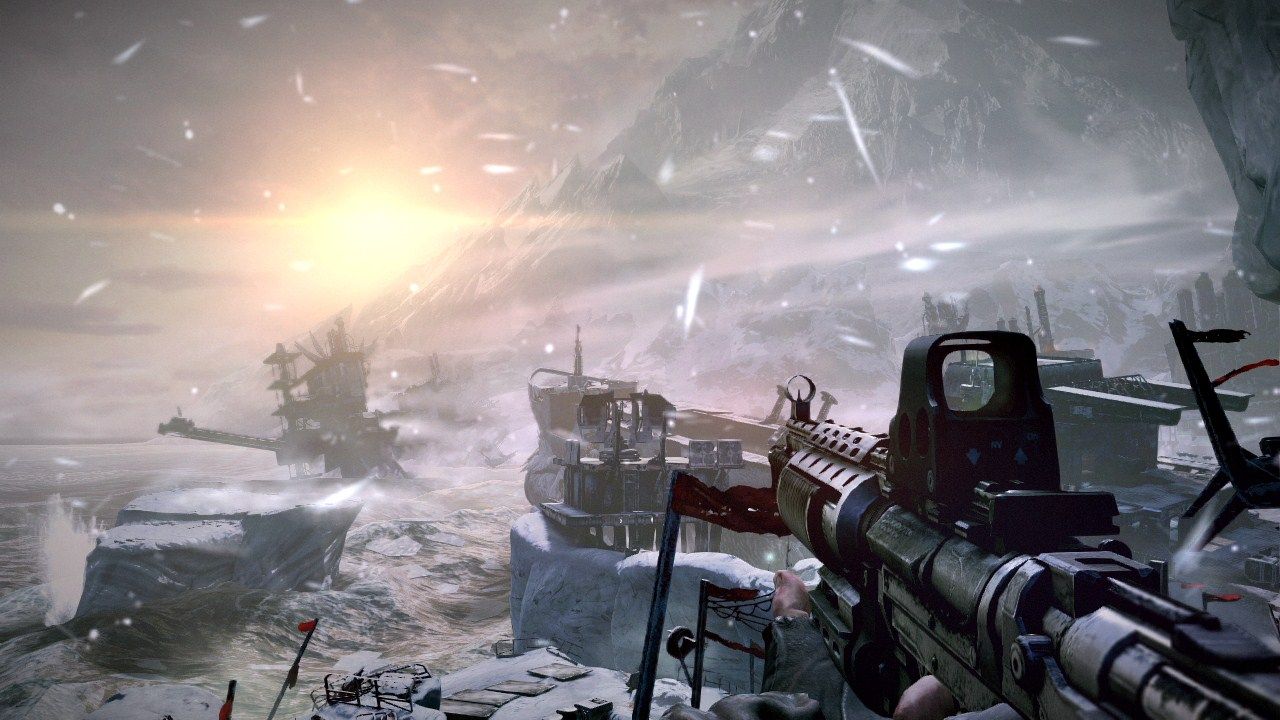

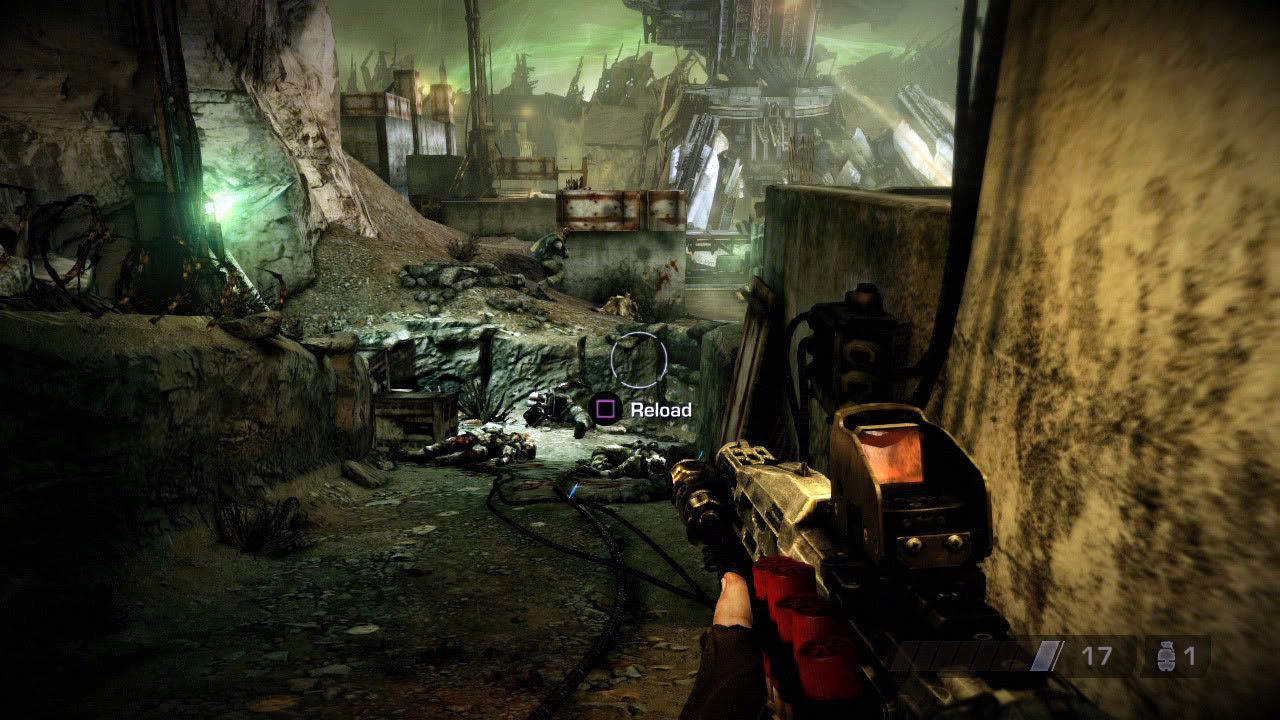
God of War 3

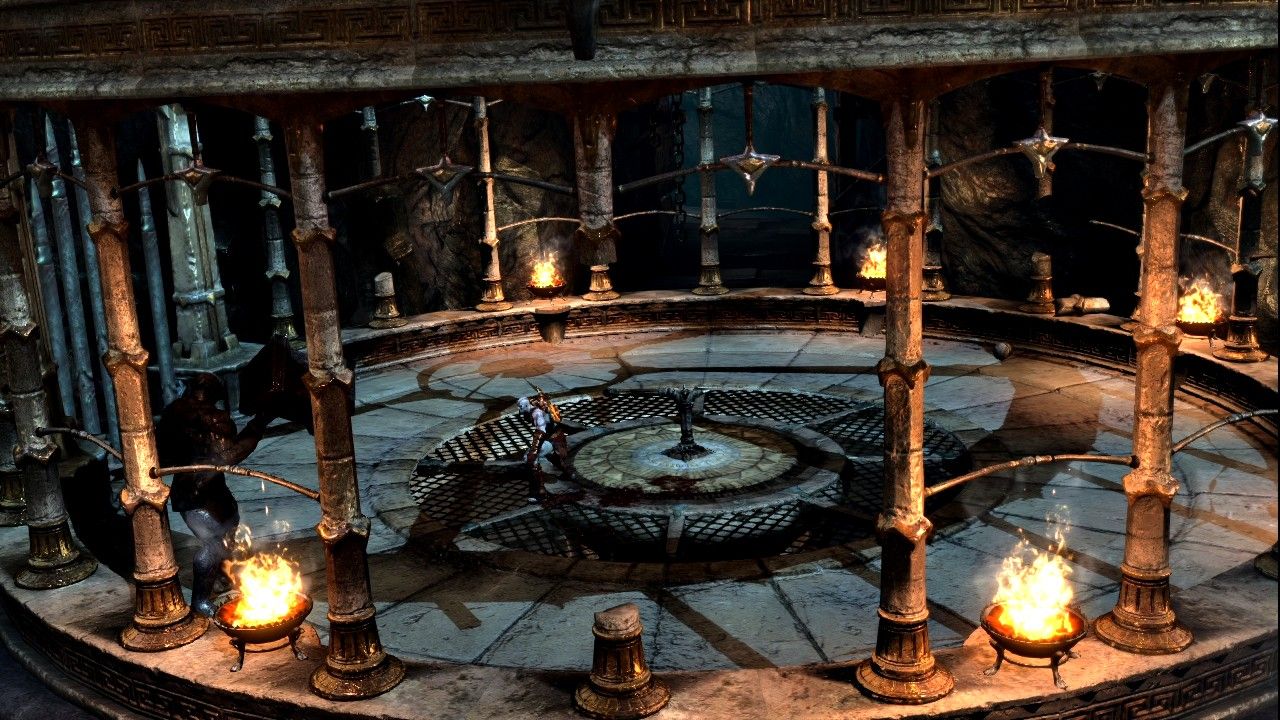
Gears of War 3

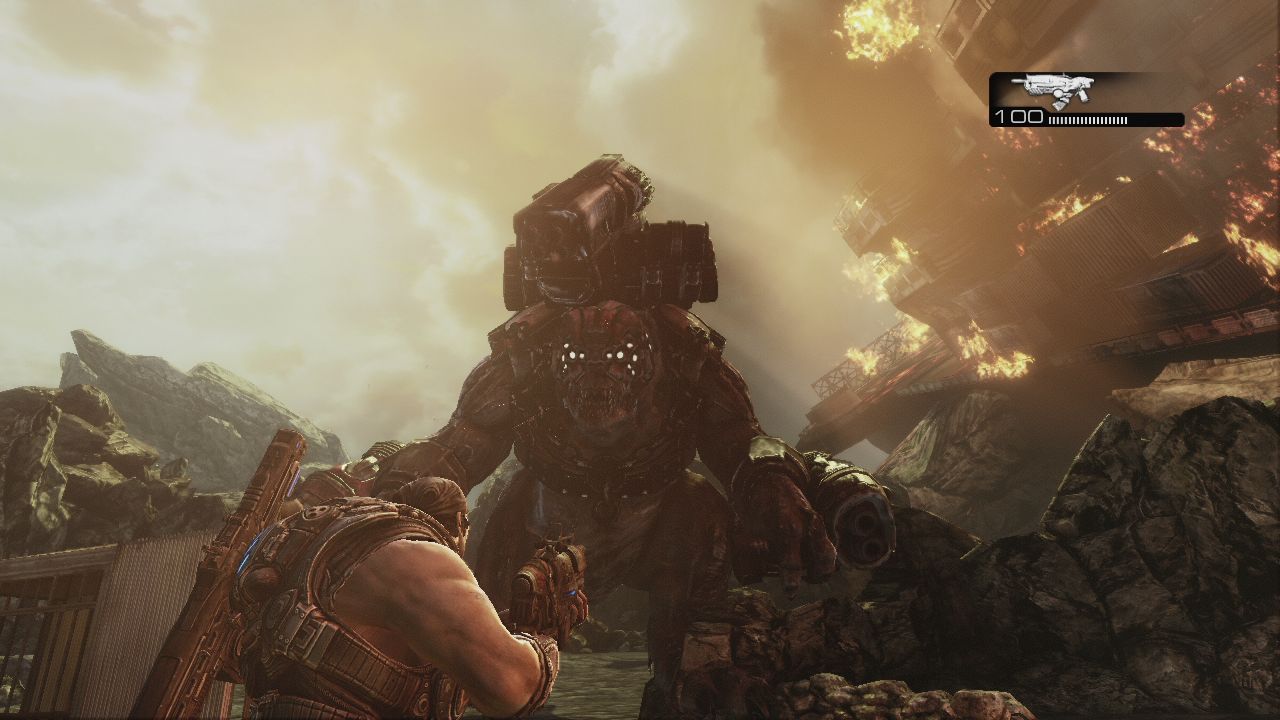
Uncharted 3
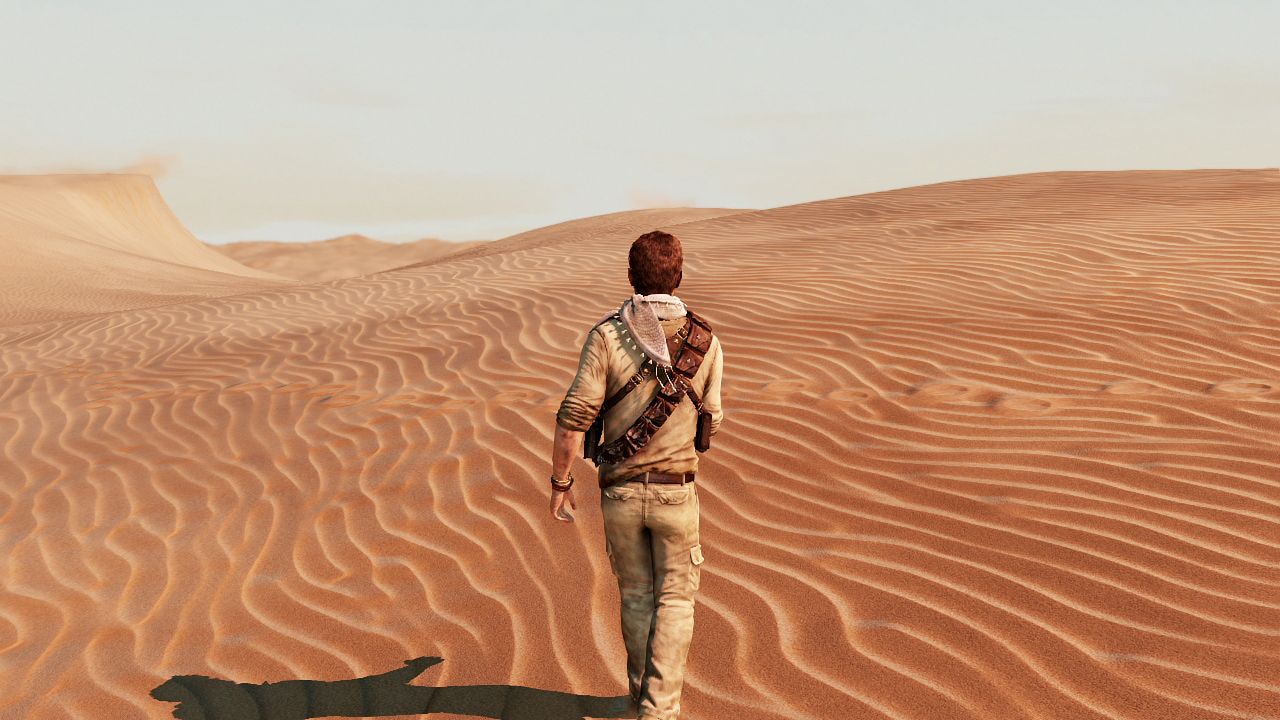
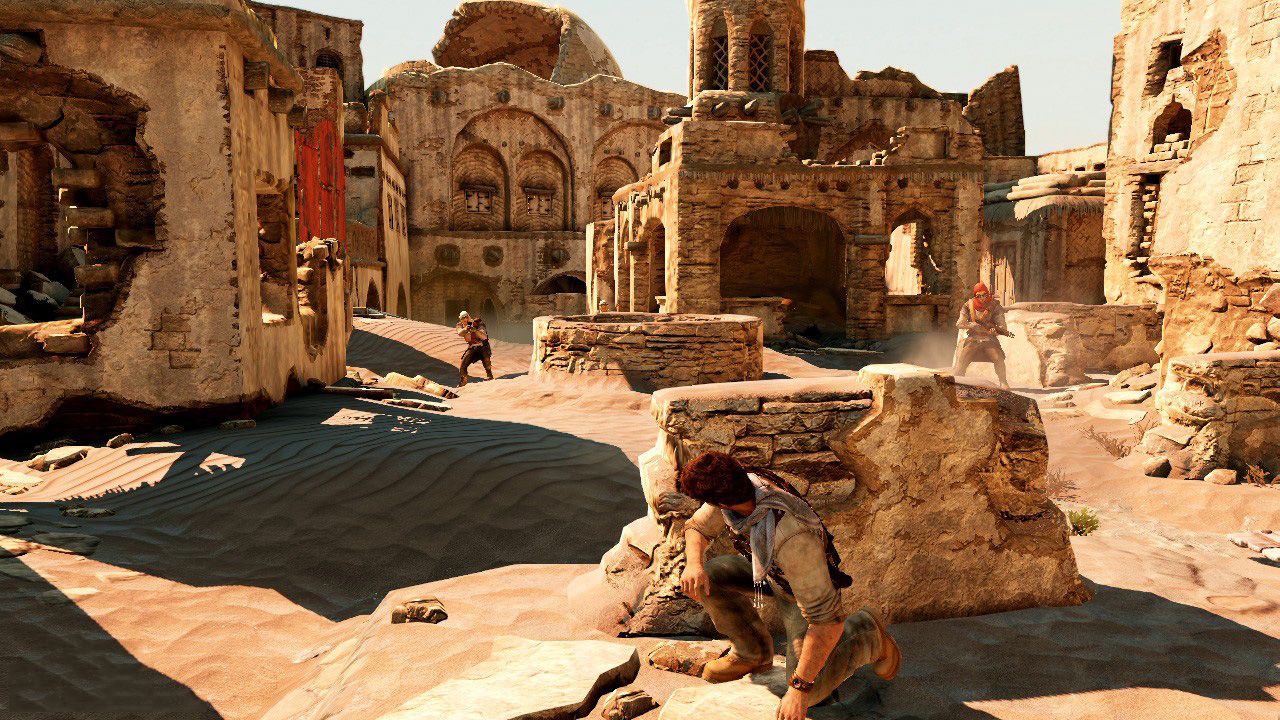
Naturally there are some factors that can contribute to this that perhaps can't be helped, such as the make and model of the TV set itself (generally plasma's offer slightly smoother edge definition), or viewing distances (the further you sit, the less obvious IQ faults will be). But what about the things that can be done to help? Below are a few things that might help you get more out of your set and improve the overall IQ and visuals of your games. I know much of these are bare basics, but I thought I'd post them anyway.
------
Sharpness
This is probably one of the key factors that aid towards aliasing, shimmering and all sorts of other issues. With true HD (720p plus) games, turn the sharpness way down or completely OFF. It can make a HUGE amount of difference. Especially with the newer more detailed games that already have extreme texture detail, highly contrasting images, pre-assigned edge enhancement etc. You might lose some sharpness, but you'll also gain infinitely better, more accurate edge definition without any horrible halo'ing or contours.
I'd imagine that the majority of people who complain about excessive shimmering or aliasing in a game where others haven't, probably have their sharpness turned up way too high. Seeing some GAF'ers off screen shots, the sharpness is often set mind numbingly high. It's all artificial added detail that promotes aliasing and other IQ issues.
A few games, such as KZ3, look almost bad with sharpness turned up. Completely Off however, it's a world of a difference allowing for the games detail to really shine.
------
Dynamic mode is the devil
This is another major problem. A huge number of sets these days ship with the default setting as 'dynamic'. This is a terrible mode that grossly exaggerates everything, from colour, contrast, sharpness et all. Get rid of it immediately. It might look vivid and colourful, but it's actually horribly obtuse and overcooking the visuals beyond belief and giving rise to all sorts of other IQ issues in games.
If your set has one, settle for either Movie, THQ or Cinema mode. These generally tend to be the most accurate. With more subtlety and refinement in settings, though still generally far from perfect. Normal still tends to be a touch on the sharp/neutral/cold side on most sets.
------
Colour and contrast
Generally, most sets have too much colour or contrast by default (especially LCD's). Whites shouldn't be so bright that they have an overly prevalent glowing aura around them, especially when on black. Overt contrast and colour will also add to the issues of overblown bloom and lighting contrast within games. Where shards of light will drown out everything else and even cause a bit of an eye sore (see UC3 as a good example of where too much contrast can kill the overall quality of the dynamic lighting.)
Don't be afraid to lower your contrast. If it's set at 80 to 100/100, it probably needs to be reduced heavily. Some films come with tools on them to help calibrate these things (read below).
Next up is colour, again, usually well overcooked. On my GF's Sharp LCD even on Cinema mode I had to -14 the colour just to get it at acceptable non burnt levels. Besides the obvious, too much colour will really mess up the dynamics of lighting and tone in games.
------
Calibration will reap major rewards
Calibrating your set will essentially bring it closer to accurate in terms of the picture on display. With a calibrated set, you see the closest thing to what the director or developer of a film/game intended you to see on your equipment, without any of the added fake buffing that most TV settings default with.
If you can't afford a professional calibration (only do this is you have a professional class leading set), take a trip over to the AVS or AV forums and search for your sets calibrated settings. Generally some user or another will have posted calibrated settings for your set, and whilst they won't be perfect to your personal viewing environment, they will be a damn sight better than the default settings.
If you can't find the calibrated settings for your TV, you can either buy a DVE (or similar) calibration Blu-ray/DVD, or you can use the free THQ calibration tool that exist on certain movies (such as The Incredibles). These will hep you to tweak contrast, colour, black levels etc to be more accurate and less misleading.
nib95 said:For your sets calibration settings. Best place to start (besides Google lol) is the AVS forums (AV forums for Euro/UK people).
For LCD users.
http://www.avsforum.com/avs-vb/forumdisplay.php?f=166
For Plasma users.
http://www.avsforum.com/avs-vb/forumdisplay.php?f=167
Euro people.
http://www.avforums.com/forums/tvs/ (Also has a separate Plasma and LCD sub-forum.)
Feel free to add any more tips, tricks, advice and comments.
To finish off, below are some screens (because I'm a graphics whore lol) of some console games that imo greatly benefit from some of these tweaks, especially turning the sharpness all the way down or off. You can clearly see the level of detail and texture quality on offer deems any edge enhancement all but unnecessary.
Killzone 3



God of War 3


Gears of War 3


Uncharted 3


